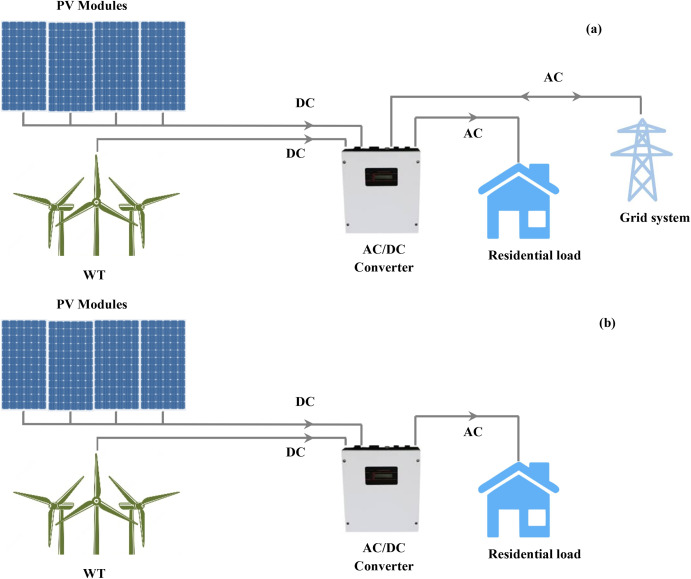In the relentless pursuit of sustainable energy solutions, researchers have long been captivated by the potential of perovskites, a class of materials that promise to revolutionize solar cell technology. Among these, rudorffites like AgBiI4 have emerged as strong contenders, thanks to their robust stability and favorable electronic properties. However, a persistent challenge has been the formation of silver (Ag) vacancies during the manufacturing process, which can severely impair the performance of these solar cells. Enter Xinyu Guo, a researcher from the State Key Laboratory for Artificial Microstructures and Mesoscopic Physics at Peking University, who has devised an innovative strategy to tackle this very issue.
Guo and his team have developed an Ag management technique using aliphatic ammonium compounds. This approach serves a trifecta of purposes: it boosts the solubility of silver iodide (AgI) in the precursor solution, prevents phase separation during the formation of AgBiI4 films, and effectively passivates Ag defects. The result? A significant boost in power conversion efficiency. “By addressing the Ag vacancy problem, we’ve managed to enhance the carrier transport properties, leading to a 26% improvement in efficiency,” Guo explains.
The implications of this research are far-reaching for the energy sector. As the world continues to shift towards renewable energy sources, the demand for efficient and stable solar cells is higher than ever. Lead-free perovskites like AgBiI4 offer a promising alternative to traditional silicon-based solar cells, with the potential for lower production costs and higher efficiency. Guo’s Ag management strategy could be a significant step forward in realizing this potential, paving the way for more widespread adoption of perovskite solar cells in the commercial sector.
But the benefits don’t stop at efficiency. The enhanced stability of these solar cells could also lead to longer lifespans, reducing the need for frequent replacements and further lowering the overall cost of solar energy. Moreover, the use of lead-free materials addresses environmental concerns, making these solar cells a more sustainable option.
Looking ahead, this research could shape the future of solar cell development in several ways. For one, it opens up new avenues for exploring other lead-free perovskites and their potential applications. Additionally, the Ag management strategy could be adapted for use in other types of solar cells, further pushing the boundaries of what’s possible in solar energy.
The study, published in Materials Futures, translates to Future Materials in English, underscores the importance of innovative solutions in the quest for sustainable energy. As Guo puts it, “Our work is just the beginning. There’s still much to explore and many challenges to overcome, but we’re optimistic about the future of perovskite solar cells.”
Indeed, with researchers like Guo at the helm, the future of solar energy looks brighter than ever. As the energy sector continues to evolve, so too will the technologies that power it. And with any luck, Guo’s Ag management strategy will play a significant role in shaping that future.




